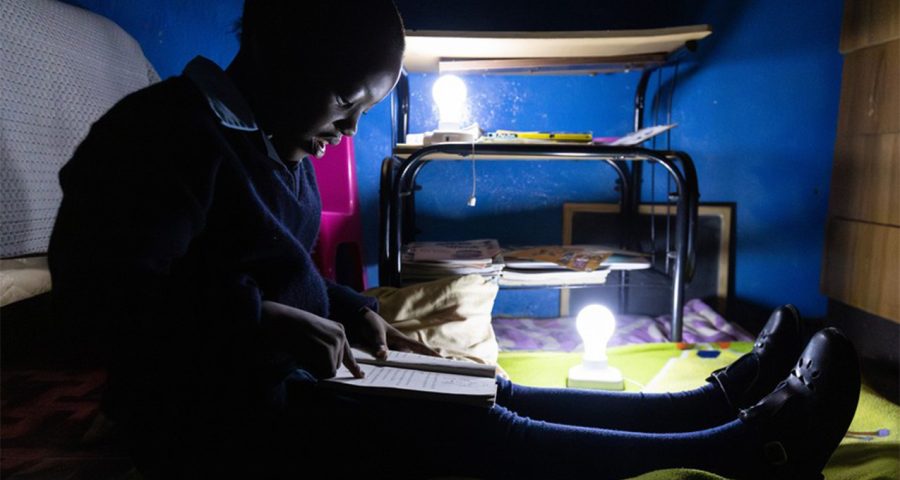
GET TO KNOW YOUR Loadshedding one stage at a time
Loadshedding is a national crisis that has affected the economic growth of the country which trickles down to the ordinary citizen, one stage at a time. ABOUT LOADSHEDDING IN SOUTH AFRICA This concept was introduced by Eskom in the later months of 2007 and would remain with South Africans for well over a decade. According to Eskom, […]

Loadshedding is a national crisis that has affected the economic growth of the country which trickles down to the ordinary citizen, one stage at a time.
ABOUT LOADSHEDDING IN SOUTH AFRICA
This concept was introduced by Eskom in the later months of 2007 and would remain with South Africans for well over a decade.
According to Eskom, loadshedding keeps the national power grid stable – to avoid a countrywide blackout.
ALSO READ: Eskom working HARD to avoid higher stages of loadshedding
“The higher the stage, the more power needs to be reduced across the country.”
Eskom
ALSO READ: EFF not surprised by permanent loadshedding by Eskom
UNDERSTANDING EACH STAGE
The power utility elaborated further on stages and Mega Watts (MW) shed during each stage.
- Stage 1: 1000 MW shed
- Stage 2: 2000 MW shed
- Stage 4: 3000 MW shed
- Stage 5: 5000 MW shed
- Stage 6: 6000 MW shed
- Stage 7: 7000 MW shed
- Stage 8: 8000 shed
PRINCIPLES OF THE STAGE:
The higher the loadshedding stages, the more frequently you experience loadshedding.
The higher the stage, the greater the number of customers who will be affected.
Generally, loadshedding in Stage 4 will result in customers not having electricity for 6 hours a day.
ALSO READ: Eskom’s biggest union demands 15% wage increase
HOW DOES IT WORK?
The System Operator decides on the load shedding stage depending on the amount of power needed to balance the grid
Eskom and municipalities then implement load shedding on a rotational basis
Load shedding is done in blocks of 2 to 4 hours at a time, depending on the schedule in your area.
DA SHADOW MINISTER OF ELECTRICITY TAKES AIM AT GOVERNMENT
Meanwhile, the Democratic Alliance (DA) reckons the finalisation of the protocols dealing with Stage 9 loadshedding and beyond is nothing short of horrifying as South Africans struggle to cope with the 8 to 10 hours of blackouts a day imposed by the current Stage 6.
Weighing in on the crisis, Samantha Graham-Maré, the DA Shadow Minister of Electricity, said Stage 8 would see at least 12 hours a day without power in blocks of 4 hours and Stage 9 even worse. In addition, a move beyond Stage 8 would herald not only load-shedding but electricity curtailment.
ALSO READ: DA concerned by escalating Stages of loadshedding ushering into Winter
